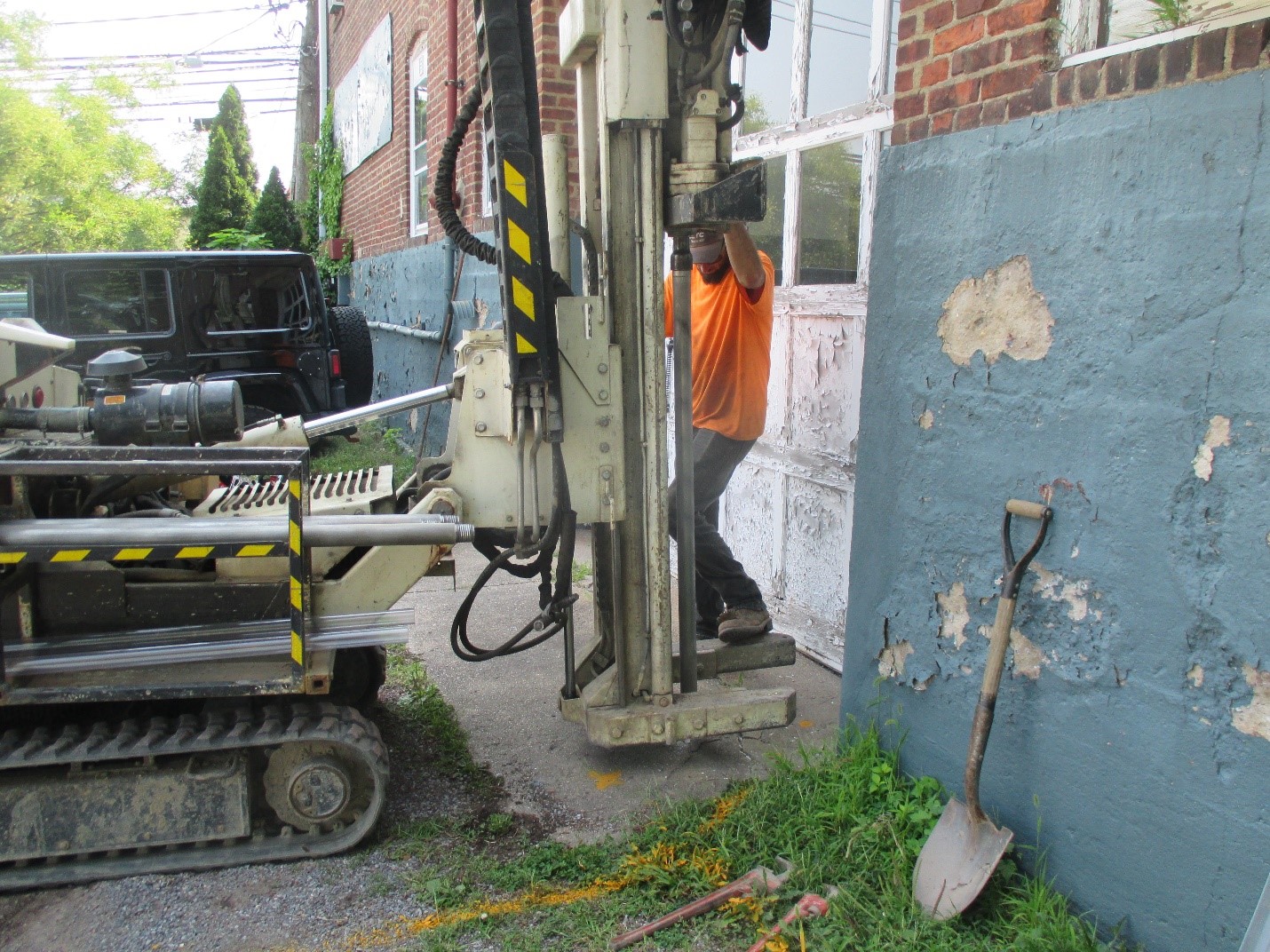An Introduction to NYSDEC’s DER-10 Technical Guidance for Site Investigation and Remediation
Site investigations are performed when a site is suspected of being contaminated due to historic operations or when a known release of petroleum or chemical products occurs. The objective of such investigations is to determine the nature and extent of contamination in soil, groundwater, surface water, or other environmental media. This is often an iterative process that is performed under the oversight of a state or local environmental agency. When significant environmental contamination is identified at a site, the property may be listed under a remedial program administered by the agency in charge.
When you are faced with investigating your site and developing an appropriate remediation plan, it is important to work with an experienced environmental consultant that knows how to formulate targeted site investigation plans and understands the regulations and various program requirements. This will enable you to control costs and streamline the remedial alternatives evaluation process.
The New York State Department of Environmental Conservation (DEC) Division of Environmental Remediation (DER) oversees site investigation and remediation through programs including the State Superfund Program (Inactive Hazardous Waste Disposal Site Remedial Program), the Brownfield Cleanup Program (BCP), and petroleum spill response program. When a property owner in New York State is faced with investigating their site and remediating contamination under one of these (or similar) programs, the work proceeds in accordance with the DER-10 Technical Guidance for Site Investigation and Remediation. DER-10 describes the actions that should be taken at listed sites with the goal of achieving the applicable remedial program objectives, beginning with site identification and continuing through alternative remedial development, implementation, and long-term operation and maintenance.
Site Characterization
A site characterization (SC) is designed to determine whether or not a site poses a threat to public health and the environment. If a threat is found, the SC will also assess whether that threat requires further investigation. During the SC, information is gathered as necessary to characterize whether site-related contamination requires further action pursuant to any DER remedial programs. The steps in the SC process are a records search and, to the extent necessary, a field characterization. If fieldwork is necessary, a work plan must be developed.
Based upon a review of the SC findings, the DER will make one of the following determinations:
- No further action is required if no areas of contamination were identified or if the contamination found does not warrant additional investigation or remediation.
- Require a remedial investigation (RI) to further delineate the nature and extent of the contamination to support the selection of a remedy.
- No further RI is required if enough information exists to support a selection of an appropriate remedy for the site.
Remedial Investigation
A RI is generally required when the SC finds that the levels and/or extent of contamination at a site present a significant concern, triggering the need to fully delineate the conditions to support the ultimate decision on the appropriate remedial action. The objectives of a RI include:
- Delineate the areal and vertical extent of contaminants attributable to the site.
- Assess the surface and subsurface characteristics at the site (i.e., topography, geology, and depth to groundwater).
- Identify contaminant sources, migration paths, and potential receptors.
- Collect and evaluate data to evaluate risks to public health and the environment.
- Gather data needed to develop remedial alternatives to address the contamination.
Remedial Alternative Development and Evaluation
Once the SC and RI (if necessary) are complete, the DER-10 remedy selection process will proceed based on the available information. The first step is to identify the regulatory standards, criteria and guidance (SCGs) that are applicable to the remedial action. Then remedial action objectives (RAOs) will be established to protect public health and the environment based on contaminant-specific SCGs and potential routes of exposure.
A range of potential remedial alternatives is developed to address the contamination associated with the site and achieve the RAOs. These alternatives go through an initial screening for effectiveness and implementability. The alternatives carried through the screening are then evaluated in detail based on the threshold and balancing criteria outlined in DER-10. The options are then compared against the detailed evaluation criteria and a recommended remedy is selected. The remedial alternatives analysis is presented in a feasibility study (FS) for state Superfund sites and an alternatives analysis (AA) for sites in the BCP and other non-Superfund remedial programs.
Walden’s experts in site investigation and remediation have helped many clients navigate through various remedial programs and we are ready to help you assess, investigate, and remediate your property. Contact us today at 516-271-1948 to speak with an experienced environmental professional.

Read about Walden’s site investigation and remediation services here. Contact us at 516-271-1948 to learn more.
